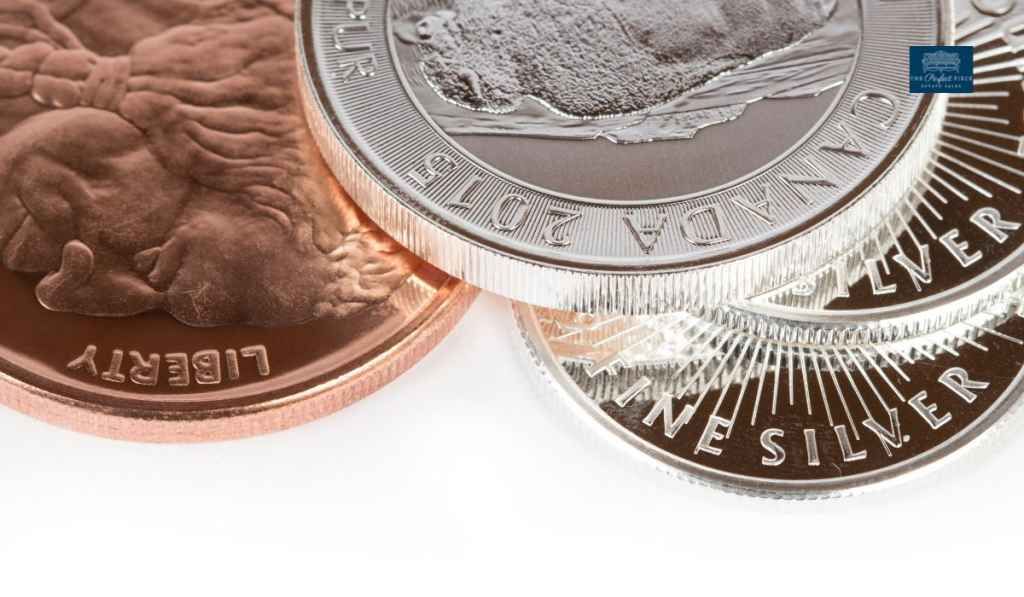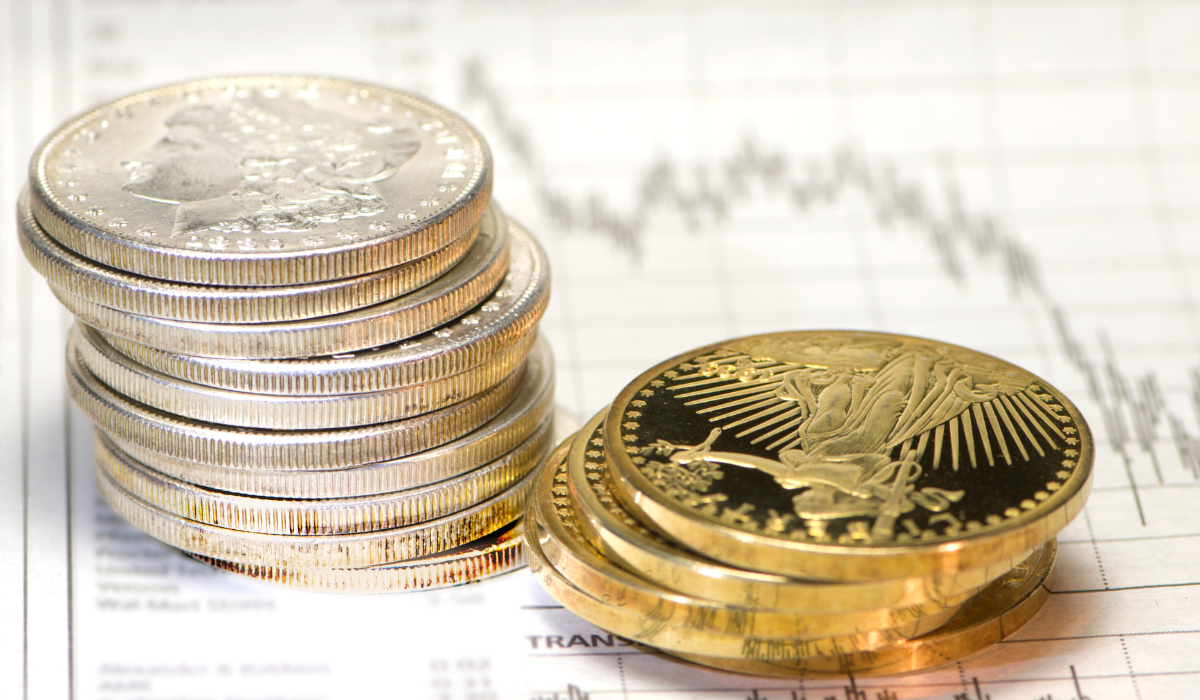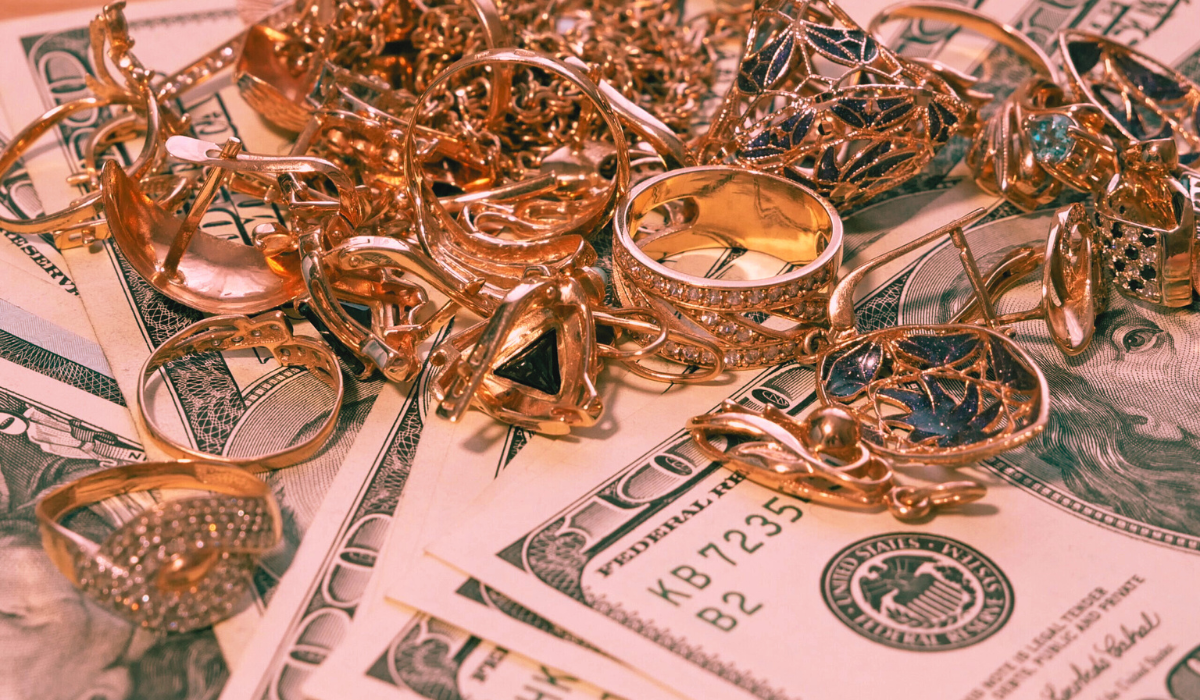Comparing Gold, Silver, and Platinum: Which Precious Metal is Right for You?
Precious metals have long been valued for their rarity, beauty, and diverse uses, from jewelry to investments.
Among these, gold, silver, and platinum stand out as the most popular choices for investors and collectors alike.
Each metal has its unique characteristics, benefits, and drawbacks, making the decision of which one to invest in or purchase a matter of personal preference and financial goals.
In this article, we will delve into the properties, historical significance, market performance, and practical applications of gold, silver, and platinum to help you determine which precious metal is right for you.
Gold: The Timeless Standard
Properties and Characteristics
Gold, known for its distinct yellow hue, is highly malleable and resistant to tarnish and corrosion.
It is a dense metal with excellent conductivity, making it valuable in both industrial applications and electronics.
Historical Significance
Gold has been a symbol of wealth and power for millennia.
Ancient civilizations, from the Egyptians to the Romans, used gold for coins, jewelry, and as a standard of trade.
Its enduring allure has made it a cornerstone of monetary systems and a hedge against inflation and economic uncertainty.
Market Performance
Gold is often viewed as a safe-haven asset.
During times of economic instability or geopolitical tensions, gold prices tend to rise as investors seek security.
Its value is influenced by factors such as central bank policies, inflation rates, and currency fluctuations.
Historically, gold has shown steady long-term appreciation, making it a reliable store of value.
Practical Applications
Beyond investment, gold is widely used in jewelry, with its luster and workability making it a preferred choice.
In technology, gold’s conductivity and resistance to corrosion are utilized in electronics, aerospace, and medical devices.

Who Should Invest in Gold?
Investors looking for a stable, long-term asset to diversify their portfolio and protect against inflation may find gold to be an ideal choice. Its historical performance and global acceptance make it a prudent option for those seeking security in uncertain times.
Silver: The Versatile Metal
Properties and Characteristics
Silver is known for its brilliant white luster and high reflectivity.
It is the most conductive metal, making it invaluable in industrial applications. Silver is less dense than gold and platinum but is highly malleable and ductile.
Historical Significance
Silver has played a significant role in human history as currency and in trade.
The discovery of silver deposits in the Americas during the 16th century spurred global trade and economic expansion.
Like gold, silver has been a symbol of wealth and a medium of exchange.
Market Performance
Silver’s market behavior is more volatile compared to gold.
While it shares some qualities as a safe-haven asset, its industrial demand greatly influences its price.
Economic growth can drive silver prices up due to increased demand for industrial uses, while economic slowdowns can have the opposite effect.
Practical Applications
Silver’s industrial applications are vast, ranging from electronics and solar panels to medical instruments and batteries.
Its antimicrobial properties make it useful in healthcare and water purification.
Additionally, silver is a popular choice for jewelry and tableware.
Who Should Invest in Silver?
Investors who are willing to tolerate more market volatility for the potential of higher short-term gains might find silver appealing.
Its dual role as both a precious and industrial metal provides diverse opportunities, particularly for those who believe in the growth of industrial sectors reliant on silver.
Platinum: The Rarest of the Trio
Properties and Characteristics
Platinum is a dense, malleable metal with a silvery-white appearance.
It is highly resistant to wear and tarnish, making it an excellent choice for fine jewelry.
Platinum is also noted for its catalytic properties, which are crucial in industrial applications.
Historical Significance
Platinum’s use dates back to pre-Columbian South America, where it was used in ceremonial items.
However, it wasn’t until the 18th century that platinum began to be recognized and utilized in Europe.
Its rarity and unique properties have since made it a symbol of prestige and sophistication.
Market Performance
Platinum is less commonly traded than gold or silver, leading to greater price volatility.
Its price is heavily influenced by industrial demand, particularly in the automotive sector for catalytic converters.
Economic cycles and changes in automotive technology, such as the shift towards electric vehicles, can significantly impact platinum prices.
Practical Applications
The primary industrial use of platinum is in catalytic converters for vehicles, where it helps reduce harmful emissions.
It is also used in jewelry, dentistry, and various high-tech applications due to its stability at high temperatures and resistance to corrosion.
Who Should Invest in Platinum?
Investors interested in a rare metal with significant industrial uses might consider platinum.
Its price volatility can offer high returns, but it also carries higher risks.
Those with a keen eye on industrial trends and innovations, particularly in the automotive industry, may find platinum to be a rewarding investment.
Silver Investment Strategies
- Physical Silver : Coins and bars are common forms of physical silver investment. Silverware and jewelry also hold intrinsic value.
- Silver ETFs and Mutual Funds : These funds allow investors to gain exposure to silver without the need to store physical metal.
- Silver Mining Stocks : Investing in companies that extract silver can offer leveraged exposure to silver prices.
Platinum: The Rarest of the Trio
Properties and Characteristics
Platinum is a dense, malleable metal with a silvery-white appearance.
It is highly resistant to wear and tarnish, making it an excellent choice for fine jewelry.
Platinum is also noted for its catalytic properties, which are crucial in industrial applications.
Historical Significance
Platinum’s use dates back to pre-Columbian South America, where it was used in ceremonial items.
However, it wasn’t until the 18th century that platinum began to be recognized and utilized in Europe.
Its rarity and unique properties have since made it a symbol of prestige and sophistication.
Market Performance
Platinum is less commonly traded than gold or silver, leading to greater price volatility.
Its price is heavily influenced by industrial demand, particularly in the automotive sector for catalytic converters.
Economic cycles and changes in automotive technology, such as the shift towards electric vehicles, can significantly impact platinum prices.
Conclusion
Choosing between gold, silver, and platinum depends on your financial goals, risk tolerance, and market outlook.
Gold offers stability and long-term value preservation, making it ideal for cautious investors.
Silver provides versatility and potential for higher short-term gains, appealing to those who are comfortable with market volatility. Platinum, with its rarity and industrial importance, offers unique opportunities but requires a more nuanced understanding of market dynamics.
By understanding the distinct qualities and market behaviors of these precious metals, you can make an informed decision that aligns with your investment strategy and objectives.
Whether you are seeking a hedge against economic uncertainty, a diversified portfolio, or a high-risk, high-reward opportunity, one of these metals is likely to be the right choice for you.
For personalized advice and to explore your options further, contact us at The Perfect Piece Atlanta .
FAQs
What are the key characteristics of gold, silver, and platinum?
- Gold : Known for its yellow hue, gold is highly malleable, resistant to tarnish, and a good conductor of electricity. It is dense and valuable for both industrial applications and electronics.
- Silver : Recognized for its white luster and high reflectivity, silver is the most conductive metal. It is malleable, ductile, and less dense than gold and platinum.
- Platinum : A dense, silvery-white metal, platinum is highly resistant to wear and tarnish. Its catalytic properties are essential in industrial applications.
What is the historical significance of these metals?
- Gold : A symbol of wealth and power for millennia, used by ancient civilizations for coins, jewelry, and trade. It has been a cornerstone of monetary systems and a hedge against inflation.
- Silver : Historically used as currency and in trade. The discovery of silver in the Americas spurred global trade and economic expansion. It has been a symbol of wealth and a medium of exchange.
- Platinum : Used in pre-Columbian South America for ceremonial items. Recognized in Europe in the 18th century, platinum’s rarity and unique properties symbolize prestige and sophistication.
How do the market performances of gold, silver, and platinum compare?
- Gold : Often seen as a safe-haven asset, gold prices tend to rise during economic instability or geopolitical tensions. Influenced by central bank policies, inflation, and currency fluctuations, gold has historically shown steady long-term appreciation.
- Silver : More volatile than gold, silver’s price is heavily influenced by industrial demand. Economic growth can drive prices up, while slowdowns can have the opposite effect. It shares some qualities as a safe-haven asset.
- Platinum : Less commonly traded, leading to greater price volatility. Its price is heavily influenced by industrial demand, particularly in the automotive sector for catalytic converters. Economic cycles and changes in automotive technology impact platinum prices.
What are the practical applications of these metals?
- Gold : Widely used in jewelry and in technology for its conductivity and resistance to corrosion. Utilized in electronics, aerospace, and medical devices.
- Silver : Industrial applications include electronics, solar panels, medical instruments, and batteries. Its antimicrobial properties make it useful in healthcare and water purification. Also popular for jewelry and tableware.
- Platinum : Primarily used in catalytic converters for vehicles to reduce harmful emissions. Also used in jewelry, dentistry, and various high-tech applications due to its stability at high temperatures and resistance to corrosion.
Who should consider investing in gold?
Investors looking for a stable, long-term asset to diversify their portfolio and protect against inflation may find gold ideal. Its historical performance and global acceptance make it a prudent choice for those seeking security in uncertain times.
Who should consider investing in silver?
Investors willing to tolerate more market volatility for the potential of higher short-term gains might find silver appealing. Its dual role as a precious and industrial metal provides diverse opportunities, especially for those who believe in the growth of industrial sectors reliant on silver.
Who should consider investing in platinum?
Investors interested in a rare metal with significant industrial uses might consider platinum. Its price volatility can offer high returns, but it also carries higher risks. Those with a keen eye on industrial trends and innovations, particularly in the automotive industry, may find platinum rewarding.
The post Comparing Gold, Silver, and Platinum: Which Precious Metal is Right for You? appeared first on Perfect Piece.












